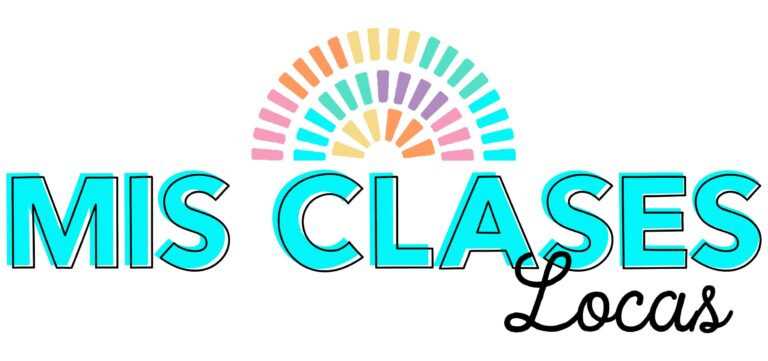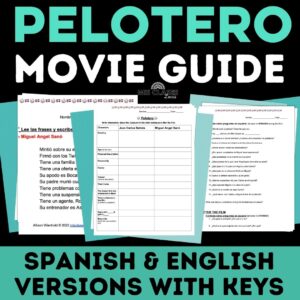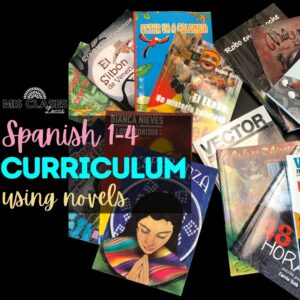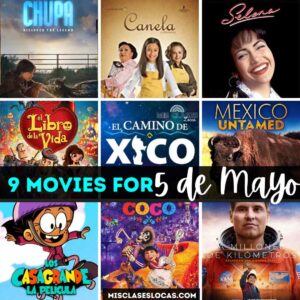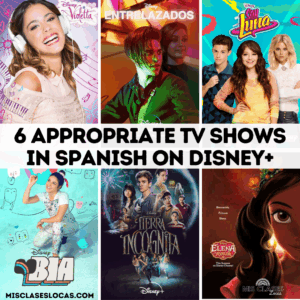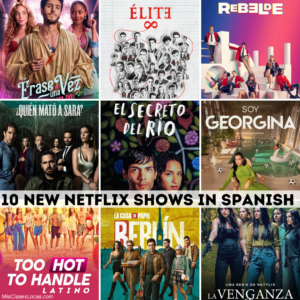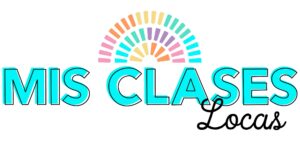Inside: Resources to introduce the novel Felipe Alou: Desde los valles a las montañas in Spanish class. Teaching Felipe Alou by Carol Gaab in Spanish class.
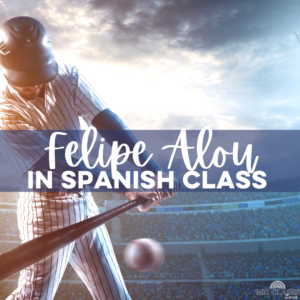
Using the novel Felipe Alou in Spanish 2
We are going to take a little break from the Tumba-thon to talk about what we are currently reading in Spanish II, Felipe Alou: Desde los valles a las montañas. It is a great novel by Carol Gaab. Felipe Alou is about the true story of Felipe Rojas Alou.
The book is available in Spanish, French, and English. If you are new to using CI reader, start with How to Teach Comprehensible Spanish Books.
Felipe was a baseball player from the Dominican Republic, who came to the U.S. during the civil rights movement. If you are going to teach the novel in class, you have to get the teacher’s guide & audiobook. Besides scouring the teacher’s guide, I also like to look around at what other bloggers have done with a novel for inspiration.
Resources for Felipe Alou in Spanish class
- Here are a couple of great resources that got the juices flowing:
- Cynthia Hitz’s Felipe Alou Pinterest Board & Felipe Alou Blog Posts
- Dustin Williamson’s Felipe Alou Blog Post
- teacher’s guide (now from Wayside Publishing)
Teaching about the Dominican Republic
We started the unit by completing Martina Bex’s Spanish Reading: The Dominican Republic. I was home with a sick little boy. So this was a great reading with comprehension questions that could be completed with a substitute. If I was there I would have divided up the topics. One for each group to do a little bit more research, and to present their finding as experts in Geography, Merengue, etc to the class.
Videos to Introduce Felipe Alou
The next day we watched quite a few videos to show the Dominican Republic, the relationship with Haiti, and the era of Trujillo & the Mirabal sisters
- Video – DR – rico – to show that it is a beautiful country
- Video – DR – pobre – in English, but gives a real picture of the level of poverty
- Video – Haitian exploitation in the Dominican Republic
- This video demonstrates that even with the level of poverty in DR, Haiti is far worse as the poorest country in the western hemisphere.
- Since I teach in an agricultural area, we compared how much our students make a day detasseling, picking up rock, or doing other farm related labor, to the $3 for 15-18 hours of labor they make in the sugar cane fields. This is when I think it really hit home for some of them that at 15 years old they are making $10/hour in the fields, but an an adult is making $0.20/hour doing far harder work.
- La Era de Trujillo – Parte I & La Era de Trujillo – Parte II – A total of only about 3 minutes in Spanish with footage of the time of Trujillo, which is good for explaining movie talk style.
- The Story of the Mirabal Sisters | AARP – A good 10 minute documentary about Mirabal sisters.
- Tiempo de las Mariposas – Trailer – Trailer for In the Time of Butterflies.
| i |
Movies to show with Felipe Alou
Pelotero
A documentary about baseball prospects in the Dominican Republic. There is a small reference to Felipe Alou & his brother playing on the Giants in the 1960’s. *Update in 2022* This is my #1 suggested film with my movie guide. I showed this documentary for at least 6 different years and students loved it! You can now also get the Pelotero Guide in my website store.
Sugar
A fictional movie about a young baseball player who leaves the Dominican Republic to play in the U.S. minor leagues with the hope of making it big. I showed this movie my first couple of years with the book. They thought it was pretty cool that he came to Iowa and was filmed about 2 hours away. I stopped showing it & just used Pelotero instead since it went over a lot better.
In the Time of Butterflies
This movie was inspired by the true story of the Mirabal sisters who were murdered in 1960 for their part in a plan to overthrow the dictator Trujillo. Dustin Williamson shows this movie before starting Felipe Alou. (I have never actually used this film. It looked a little too slow/boring for my students).
The Perfect Game
This PG rated baseball movie is based on the true story of a group of boys from Mexico, who are the first non-U.S. team to win the little league world series. (I bought this movie to use, but found out I only had the English version, so I just used it one time).
After reading chapters 1 and 2, and discussing questions from the teacher’s guide, we completed this activity about schools around the world.
Other Novel resources you may enjoy
What resources do you use while teaching Felipe Alou?
